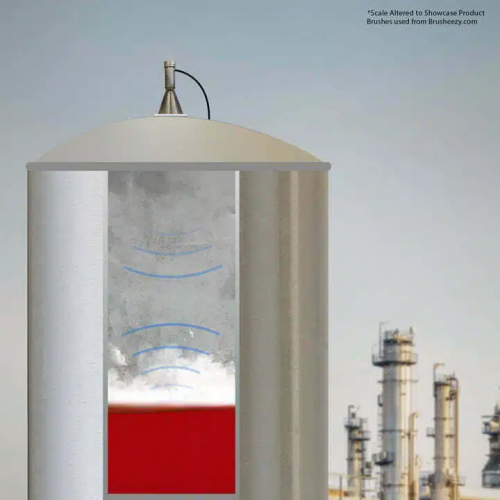 The oil and gas industry is constantly evolving, with advancements in technology playing a major role in driving progress. One area that has seen significant improvements over the years is oil and gas level sensing.
The oil and gas industry is constantly evolving, with advancements in technology playing a major role in driving progress. One area that has seen significant improvements over the years is oil and gas level sensing.
Level sensing involves measuring the amount of fluid or material within a container, tank, or vessel. In the oil and gas industry, this plays an important role in monitoring the levels of crude oil, refined products, and natural gas in storage tanks. These measurements help operators keep track of inventory levels, detect leaks or spills, and optimize production processes.
Traditional Level Sensing Methods
Before the advent of modern technology, traditional methods such as dip rods were used to determine the liquid level in tanks. A dip rod is a long pole with markings indicating different levels. By manually inserting the dip rod into the tank, operators could determine the level of liquid based on where it reached the markings.
Another common method was by using a float and tape system, which involved a float attached to a thin tape that would be lowered into the tank. As the float moved with the changing liquid levels, operators could read the measurements on the tape to determine the level.
Though these methods were simple and cost-effective, they had limitations in accuracy and reliability. They also required manual labor, which could be time-consuming and potentially hazardous.
Advancements in Level Sensing Technology
With the advancements in technology, there has been a shift towards more automated and precise level sensing methods in the oil and gas industry. These include:
- Ultrasonic Level Sensors: These sensors use sound waves to determine the level of liquid in a tank. They are non-contact and can provide accurate measurements even in harsh environments.
- Radar Level Sensors: Similar to ultrasonic sensors, radar level sensors also use technology that does not require direct contact with the liquid. They emit microwave pulses and measure the time taken for them to bounce back, providing accurate level measurements.
- Guided Wave Radar (GWR) Level Sensors: These sensors use a probe that is guided into the tank and measures the time it takes for an electromagnetic pulse to travel down the probe and reflect. They are highly accurate and can also measure interface levels in multi-layered liquids.
Benefits of Modern Level Sensing
Now, with these advanced-level sensing technologies in place, the oil and gas industry can reap several benefits, including:
- Improved Accuracy: The traditional methods of level sensing were prone to human error and lacked precision. With modern sensors, operators can get more accurate measurements, allowing for better control and optimization of processes.
- Cost Savings: By automating the level sensing process, companies can reduce the need for manual labor and save on associated costs. The use of wireless sensors also eliminates the need for wiring, further reducing installation and maintenance expenses.
- Real-Time Monitoring: With modern technology, operators can remotely monitor and track level measurements in real-time, allowing for quicker detection of issues or abnormalities.
Future Possibilities
As technology continues to advance, the possibilities for level sensing in the oil and gas industry are endless. Some potential developments include:
- Smart Sensors: With the rise of the Internet of Things (IoT), sensors can now be connected to a network, allowing for data collection, analysis, and optimization in real time.
- Artificial Intelligence (AI) Integration: By combining AI with level sensing technology, companies can gain valuable insights and predict potential issues, allowing for proactive maintenance and minimizing downtime.
- Environmental Monitoring: With the increasing focus on sustainability and environmental protection, level sensors could also be used to monitor levels of pollutants and prevent spills or leaks from occurring.
Conclusion
In conclusion, advancements in oil and gas level sensing technology have greatly improved accuracy, efficiency, and safety in the industry. With continued innovation, there is no doubt that level sensing will play an even bigger role in optimizing processes and ensuring sustainability in the future. So, companies need to stay updated with these advancements and invest in modern-level sensing solutions to stay ahead of the competition and achieve success in this ever-changing industry. Let us embrace technology and continue navigating the highs and lows of oil and gas production.











